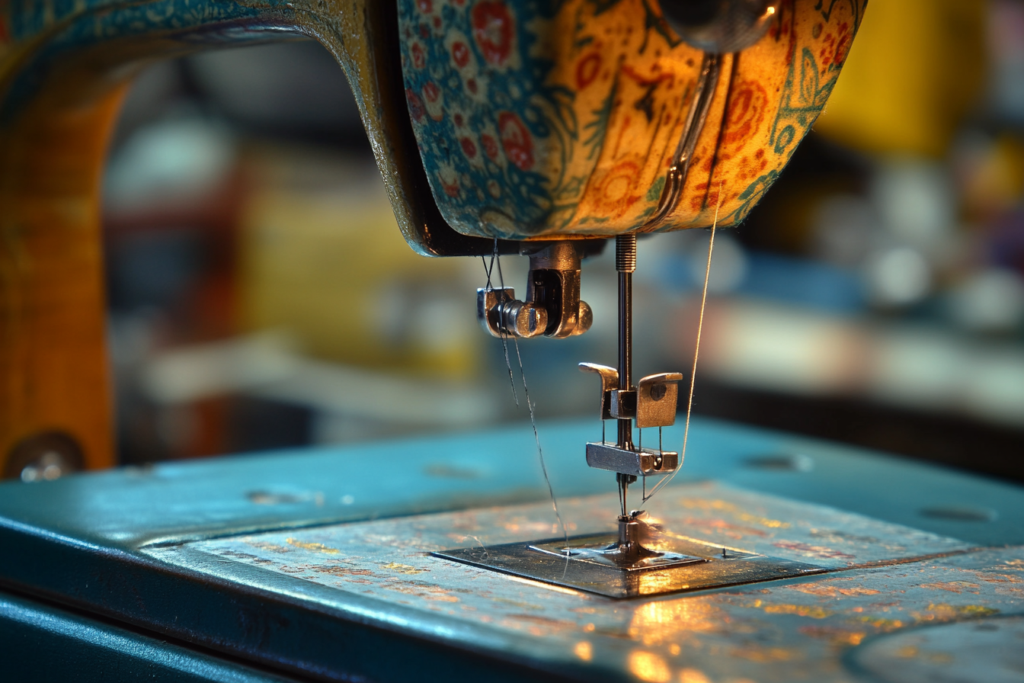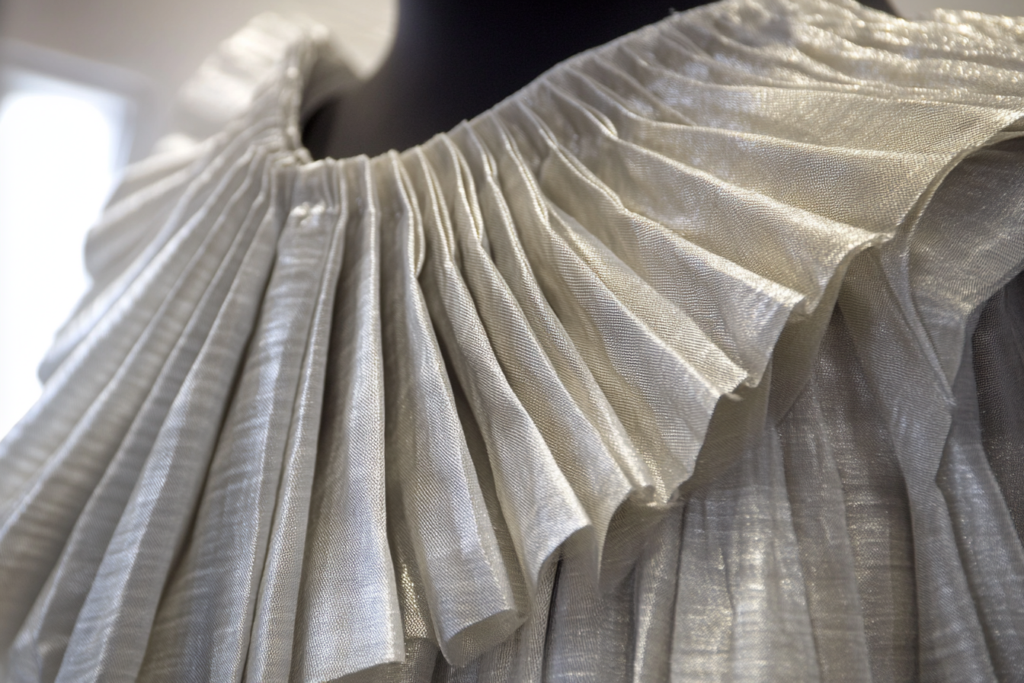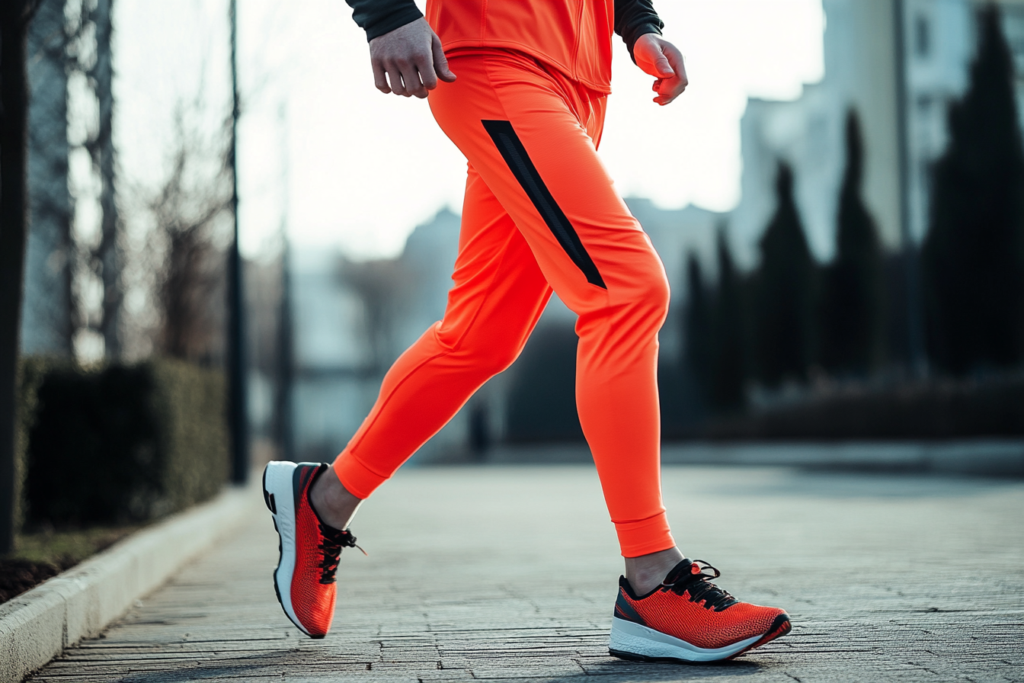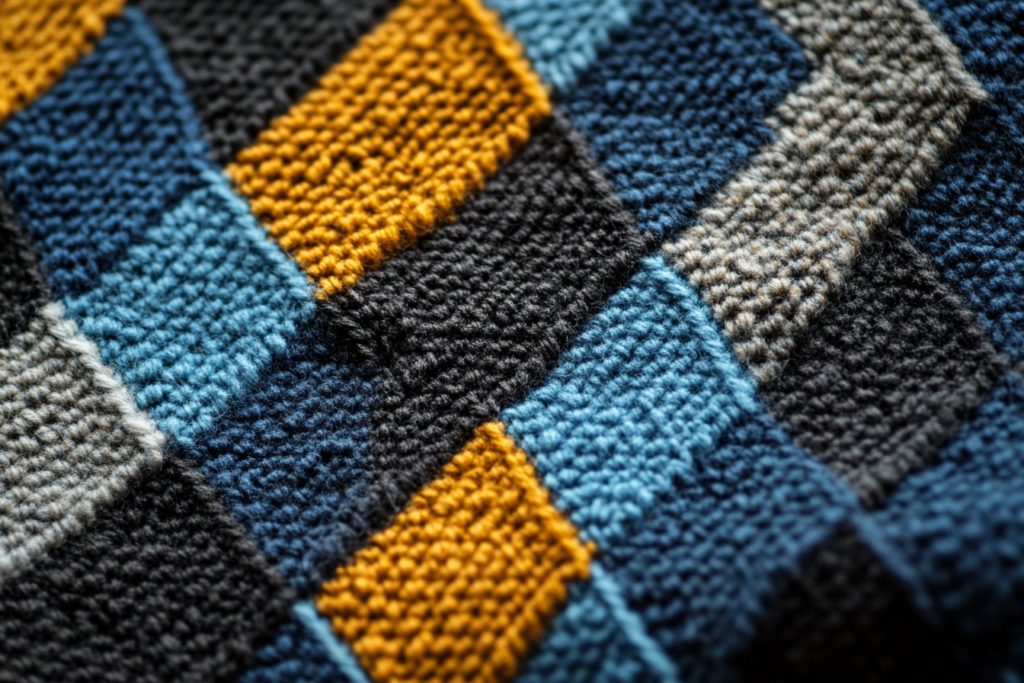Looper: The Essential Mechanism in Multi-Needle Sewing Machines
Meta Description: A looper is a sewing machine component that works with one or more needles in series to create secure and stretchable stitches. Learn about its function and types in garment construction.
What is a Looper in Sewing Machines?
A looper is a key component in overlock, coverstitch, and chain-stitch machines that works with one or more needles to form secure, stretchable stitches. Unlike traditional lockstitch machines, which use a bobbin, a looper creates looped stitches without requiring a bobbin, making it essential in hemming, overlocking, and decorative stitching.
Loopers ensure durability and flexibility, making them widely used in activewear, knitwear, lingerie, and industrial sewing applications.
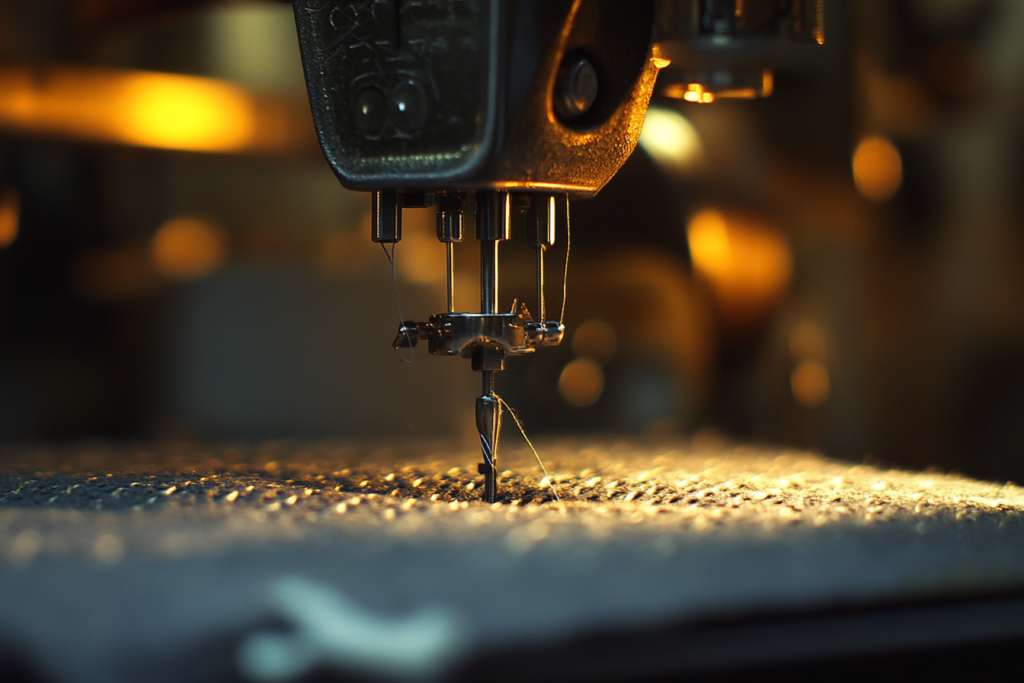
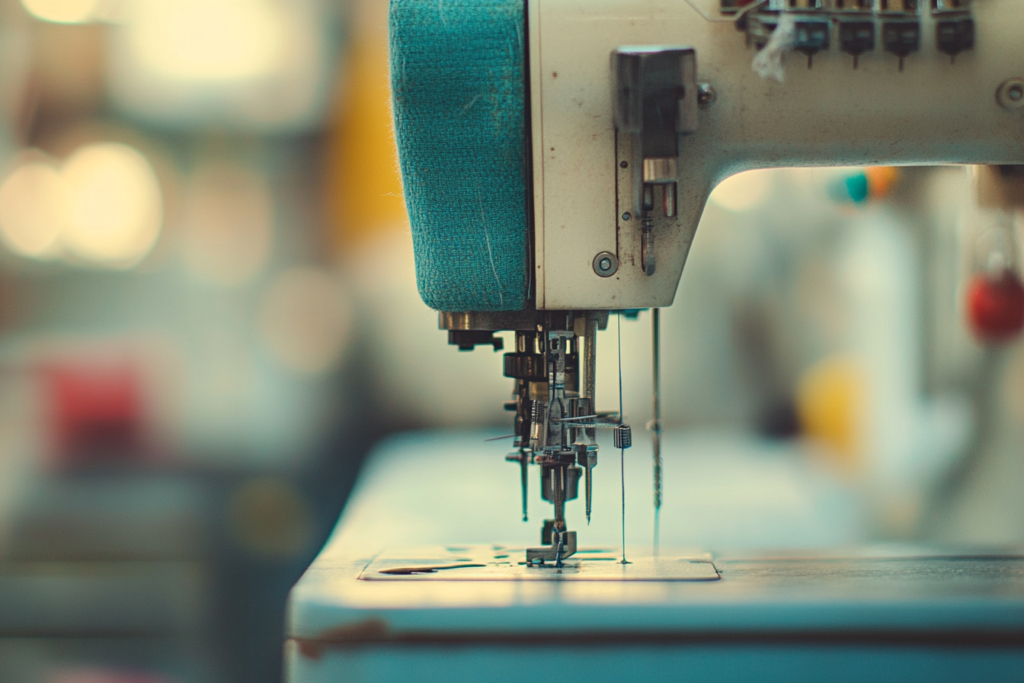
Key Features of a Looper
✔ Works with Multiple Needles – Found in overlock, chain-stitch, and coverstitch machines.
✔ Forms Chain or Loop Stitches – Allows seam flexibility and prevents fabric fraying.
✔ Eliminates the Need for a Bobbin – Unlike lockstitch machines, it creates continuous stitching.
✔ Used in High-Speed Sewing – Common in industrial garment production.
✔ Essential for Hemming, Seam Finishing & Decorative Stitching – Seen in T-shirts, sportswear, and professional sewing projects.
Types of Loopers in Sewing Machines
1. Overlock (Serger) Looper
- Found in overlock (serger) machines for seam finishing and fabric edge protection.
- Uses upper and lower loopers to create stretchable overlock stitches.
- Used in sportswear, lingerie, and professional garment construction.
2. Coverstitch Looper
- Found in coverstitch machines, primarily for hemming seams in T-shirts and knitwear.
- Works with two or three needles to create flat, durable hem seams.
3. Chain-Stitch Looper
- Creates a single-needle chain stitch, commonly found in casualwear and decorative stitching.
- Used in stretch seams for shirts, denim stitching, and reinforcement sewing.
4. Flatlock Looper
- Used in flatlock machines to create seamless, smooth stitch finishes.
- Common in athletic wear, underwear, and compression garments.
How a Looper Works in Sewing Machines
1️⃣ The needle(s) penetrate the fabric, carrying the top thread.
2️⃣ The looper moves under the fabric, forming a looped structure instead of using a bobbin.
3️⃣ The stitch is secured by looping with the next thread pass, creating a continuous, flexible seam.
4️⃣ Additional loopers may be used for decorative or reinforced stitching in multi-needle machines.
💡 Tip: Looper tension settings are crucial for maintaining stitch balance and preventing seam puckering.
Looper vs. Lockstitch Sewing Machines
| Feature | Looper (Overlock, Coverstitch, Chain-Stitch) | Lockstitch Sewing Machine |
|---|---|---|
| Thread System | Uses loopers instead of a bobbin | Uses a bobbin and top thread |
| Stretchability | High | Low |
| Common in | Knitwear, sportswear, hemming | Woven fabrics, structured sewing |
| Seam Type | Chain, coverstitch, overlock | Straight stitch |
| Best For | Flexible, durable seams | Secure, non-stretch seams |
Looper machines are better for stretchy fabrics, while lockstitch machines are preferred for structured garments.
Where Are Looper Machines Used?
📌 Overlock Machines (Sergers) – Used for seam finishing and preventing fraying.
📌 Coverstitch Machines – Ensures clean, stretchable hems in knitwear.
📌 Flatlock Machines – Creates seamless, smooth stitches for activewear.
📌 Chain-Stitch Machines – Used in casualwear and decorative topstitching.
Why Are Looper Machines Essential in Sewing?
✔ Speeds Up Production – Used in industrial sewing for high-speed operations.
✔ Prevents Fraying & Increases Durability – Ensures long-lasting seams.
✔ Allows for Stretch in Garments – Perfect for knitwear, activewear, and flexible fabrics.
✔ Creates Professional Stitch Finishes – Essential in mass garment production.
✔ Reduces Thread Breakage – Compared to traditional bobbin systems.
